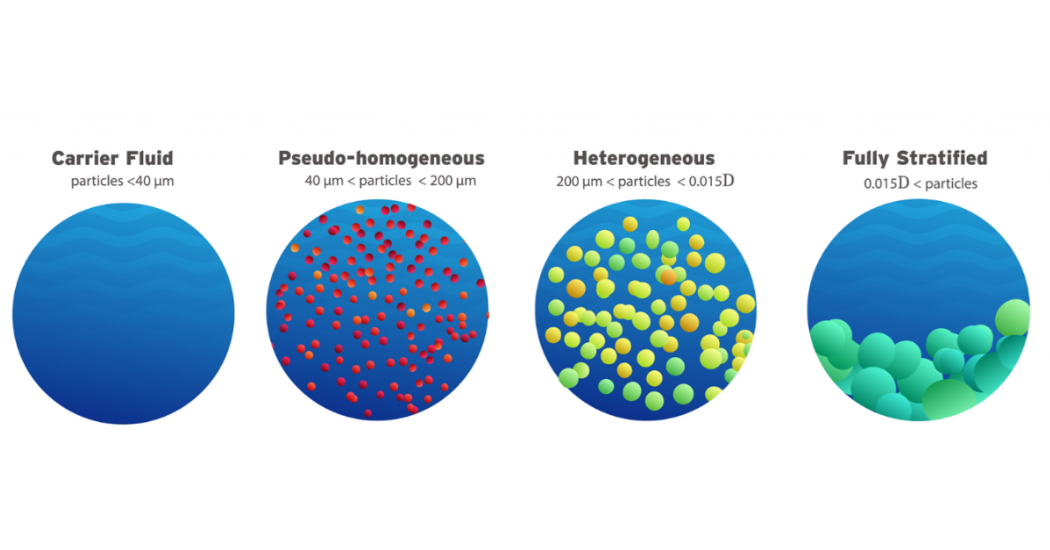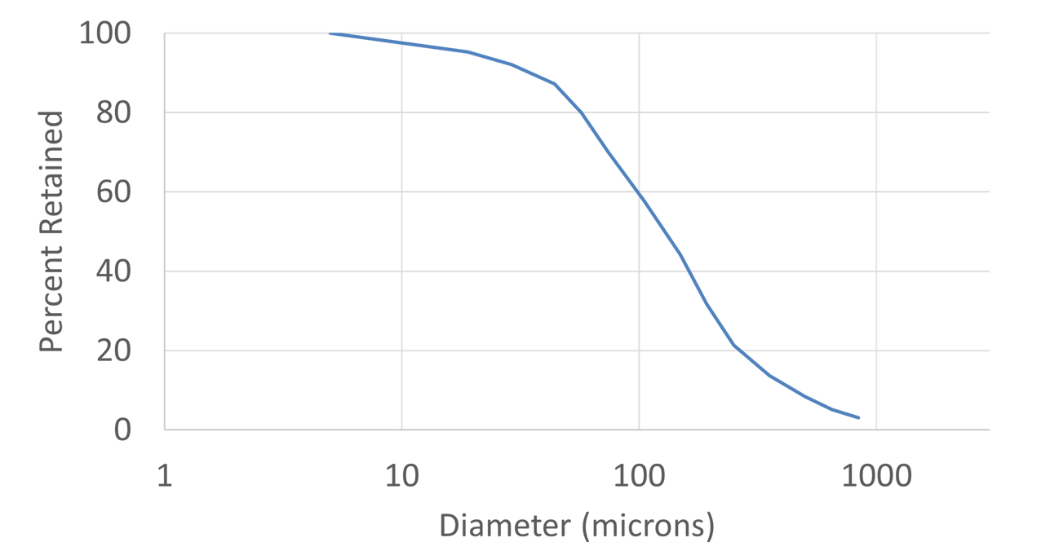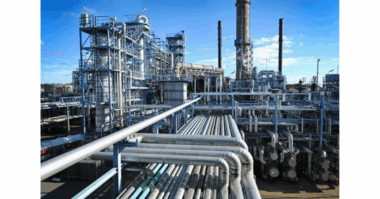The Settling Slurry Module (SSL) for AFT Fathom and AFT Impulse has long been used to model complex systems with settling slurries in a range of industries. Previously all slurry models were variations of the Wilson, Addie, Clift method requiring differing levels of user input to use. The release of AFT Fathom 13 and AFT Impulse 10 has brought with it two new slurry modeling options to the Settling Slurry Module – 4-Component and Wasp-Durand.
The 4-Component model is a cutting-edge, composite slurry simulation method which is a direct spiritual successor to the Wilson, Addie, Clift method. This method was developed by GIW, an industry leader and slurry research and slurry pump manufacturing and design.
Slurry behavior is generally divided into four flow regimes: Homogeneous flow, pseudo-homogeneous flow, heterogeneous flow, and fully stratified flow. With completely uniform particle diameters, these regimes would be associated with different bulk pipe velocities. However, when there is a range of particle sizes, these behaviors may all occur simultaneously.
Due to this the 4-Component model breaks down the particles into size groups, shown in Figure 1, based on which flow regime is likely to be encountered while also incorporating velocity terms into the hydraulic and particle calculations of each size group.

Figure 1: Four slurry components defined in terms of particle sizes and anticipated slurry behaviors
The carrier fluid component contains particles finer than 40 microns which are assumed to never settle. These affect the density of the Newtonian carrier fluid and, in contrast to the Wilson, Addie, Clift method, they also increase the viscosity of the carrier fluid.
The pseudo-homogeneous component is made up of particles in between 40 and 200 microns, which are distributed evenly and fully suspended by turbulence.
The heterogeneous and fully stratified components are defined not only by particle diameters, but by the stratification diameter, equal to 0.015 times the pipe diameter. Due to this, the relative prevalence of both of these components will depend on the diameter of each pipe, and may not be uniform across the entire system. In both regimes, particles are supported by a mixture of turbulence and contact with the pipe wall with pipe wall contact being the dominant form of support for the fully stratified particles.
In order to use the 4-Component method, a mesh-type particle size distribution (either aPre-defined Tyler Mesh or User-Specified Mesh) must be specified for the solid. In a mesh particle distribution, each data point relates to the size of openings in sieve and the percentage of particles that are retained by the mesh. Particles remaining on the mesh are assumed to be larger than the mesh openings, while all particles that pass through are assumed to be smaller.
An example of a mesh size distribution is shown in Figure 2. Here, 97 percent of particles can be seen to have a diameter greater than 10 microns, while 60 percent are larger than 100 microns and so on. Note that the smallest diameter must be defined as 100 percent retained, since this is treated as d0.
Mesh for a mineral slurry
Like our other library options, solid libraries can be created to aid in rapid building of slurry models and reuse in future models. This is particularly useful for working with particle size distributions.
The need for a particle size distribution will generally be the primary reason not to use the 4-Component model. When such data is not available or in preliminary design stages before it has been measured, the Wilson, Addie, Clift methods still serve as a well-established option with variants that allow for the use of even fewer inputs. Wilson, Addie, Clift can also optionally be used with particle size distributions, allowing users to quickly model their system with multiple slurry methods for increased confidence.
However, the benefits of 4-Component are myriad if you have the required data for your slurry. Different calculations are used for each component allowing them to capture the behaviors exhibited by particles of different sizes. In addition to capturing a broader range of flow regimes and the viscous effects of fine particles, a key advantage of this approach over the prior Wilson, Addie, Clift methods is that interactions between particles of each size are also included via empirical terms. Vertical and inclined pipe corrections are evolutions of those used in Wilson, Addie, Clift, and new, detailed pump slurry de-rating options are available when using 4-Component to model slurry pump performance more precisely.
The 4-Component slurry model is a powerful, modern approach that sets a new standard for slurry system modeling, which is available to SSL Module users of both AFT Fathom and AFT Impulse for use in steady state and rapid transient slurry modeling!




